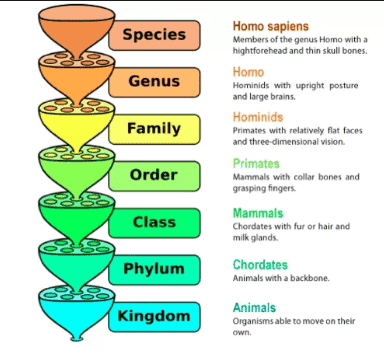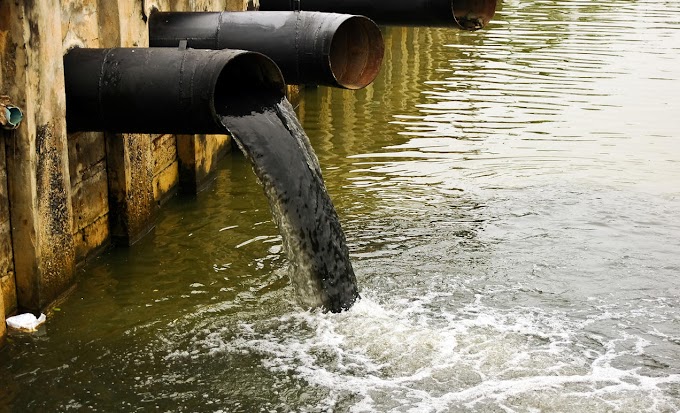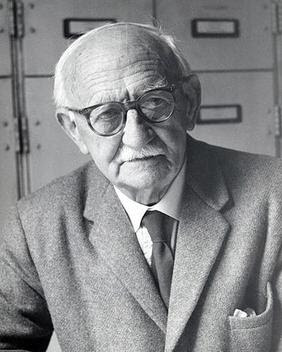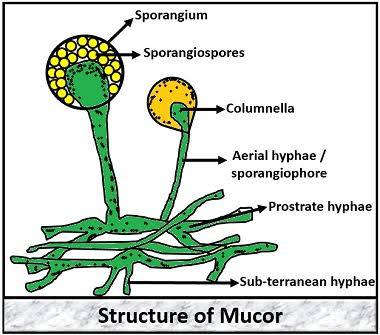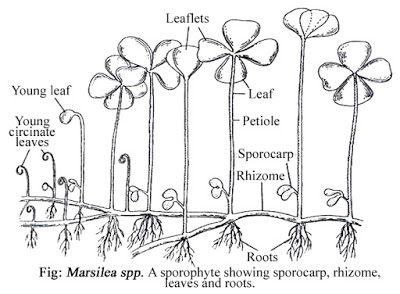Mushroom are the fruiting bodies of a fungus, a bit like apples are the fruiting bodies of an fruit tree . A mushroom may be a quite fungus with the Latin name of Agaricus bisporus. Other cultivated mushrooms within the Netherlands are the oyster fungus (Pleurotus ostreatus) and therefore the shiitake (Japanese mushroom) (Lentinula edodes).
In the vegetable kingdom the mushroom is ranked with the heterotrophic organisms (lower plants). In contrast to the upper , green plants, these heterotrophs aren't capable of photosynthesis. Fungi are the scavengers of nature. In mushroom cultivation too, waste products like manure , manure , straw, gypsum and waste water (from their own composting) are wont to produce a high-quality substrate from which the mushrooms will grow.
Ammonia is removed by means of an ammonia washer from the method air before it's returned to nature. Even the ammonia from the air is employed as a source of nitrogen in composting. The fungus, also called mycelium, uses the compost as a source of energy for its combustion, during which energy is released that's used for growth.
Mushrooms are good for your health. They contain few calories, but are rich in fibres, vitamins and minerals. within the table below states the nutritional value per 100 grams of mushrooms as compared with vegetables.
Nutritional value of mushrooms
Mushrooms contain an additional amount of vitamins B2 and B3. These vitamins lookout of the metabolism and therefore the release of energy from carbohydrates, proteins and fats. vitamin B2 is additionally necessary for a healthy skin. vitamin Bc is important for growth and therefore the production of blood. it's one among the few vitamins of which, on the average , we absorb insufficient from our food. Potassium is important for a healthy vital sign and for muscle and nerve activity. Phosphorous takes care of healthy bones and teeth and of energy metabolism. Copper is important for your system , nerves and for the synthesis of body cells. of these nutritional values occur in high concentrations in mushrooms.
INTRODUCTION COMPOSTING AND CULTIVATION
Mushrooms grow on compost. The compost is produced at specialized companies. From the instant the raw materials are mixed, up to delivery of the compost to the mushroom farms. the method takes four to 6 weeks, depends counting on the raw materials and therefore the system used at the Compost yard.
When the compost has been delivered at the mushroom farm, it still takes 16 to twenty days before a start are often made with mushroom harvesting. Harvesting takes place during two to 3 weeks. After this it's not cost-effective to reap .
THE COMPOSTING DIAGRAM
In the diagram below you'll read the varied phases. of these phases happen at the composting company.
 |
| Source Wikipedia |
Phase I
PRODUCING FRESH COMPOST
Depending on the raw materials this phase takes a minimum of 5 up to even 18 days. the foremost important objectives during this phase are:
Mixing the straw or manure (this can replace the straw to an outsized extent) manure , gypsum and water, in order that the compost becomes homogeneous;
Opening up the straw, in order that the straw absorbs water and therefore the mushroom fungus, the mycelium, can grow within the straw.
After this phase, the compost is named “phase I-compost”, “fresh compost”.
Phase II
Phase III
THE CULTIVATION DIAGRAM
In the diagram below you discover the cultivation diagram at a mushroom farm.
 |
| Source Wikipedia |
FILLING THE ROOM
The phase-III-compost is transported to the farm. At the farm the cultivation room is crammed with compost with a special filling machine. A cultivation room may be a climate-controlled room with racks (Dutch shelf system).
During filling the compost is put during a layer of 20 cm with on top a layer of 5 cm of casing soil. This layer is pulled into the shelf system of the cultivation room. Casing soil consists of a peat mixture, mixed by a specialized company. At farms where they are doing phase III clinical trial themselves, the compost remains within the room, but after 14-18 days, a layer of casing soil is placed on the compost.
MYCELIUM GROWTH WITHIN The CASING SOIL AND RECOVERING PERIOD
After filling the space and/or covering the compost, the mycelium starts growing from the compost into the casing soil. This process takes 4-7 days. During mycelium growth into the casing soil, the casing soil is irrigated. By irrigating during the mycelium growth phase the mycelium cannot grow to the surface of the casing soil.
After mycelium growth within the casing soil recovery growth phase takes place. This phase takes 1 to 2 days. During the recovery growth phase no irrigation takes place and a damp , warm (summer) climate is made . As a results of this climate the mycelium grows to the surface of the casing soil.
 |
| Source Wikipedia |
 |
| Source Wikipedia |
COOLING DOWN
When the mycelium has grown to the surface, the grower starts cooling down. Cooling down is an imitation of harvest conditions. due to colder air and lower CO2 the fluffy mycelium starts to contract. If the mycelium has contracted, 5-6 days after cooling down, it forms pins, which within the mushroom industry called pin or pinhead. These pins , (as big as pin-heads) are the mushroom primordia. this era is named pin formation. After this ratio (RH) within the room is slowly lowered, in order that the pins start growing into mushrooms. From pin to harvestable mushroom takes 5 to 7 days. the amount after growing out of the pins is usually called “phase IV”.
HARVEST PHASE
Harvesting mushrooms takes place in “flushes”.
The first flush is picked in 3 to five days and yields 15 to twenty kg/m2. If the mushrooms are mechanically harvest, within the sort of once-over harvesting, this yields 22 to 26 kg/m2.
The second flush comes after about 5-7 days and yields a touch less, 9-11 kg/m2 for hand-harvesting, 10-15 kg/m2 for mechanical harvesting.
The third flight at the most yields 10-15% of production and is of lower quality, because diseases and pests are increasing very strongly. counting on the economic situation, a 3rd flush is harvested. It takes about 6 to eight days before the third flush are often harvested. During hand-picking the flush is harvested in 2 days.
Total production is between 27 and 35 kg/m2. Hand-picking mushrooms are often stored and consumed fresh. Mechanically harvested mushrooms are harvested during a once-over operation and directly processed and preserved.
 |
| Source Wikipedia |
COOKOUT
At the top of the cultivation the cultivation room and therefore the spent compost could also be heated to 70º C. this could be finished a minimum of 8 hours, to kill all diseases and pests. Cookout is usually omitted for economic reasons and is merely done when diseases and pests are literally present. After harvesting and cookout the compost could also be faraway from the space and after cleaning the space a replacement cultivation cycle are often started.







